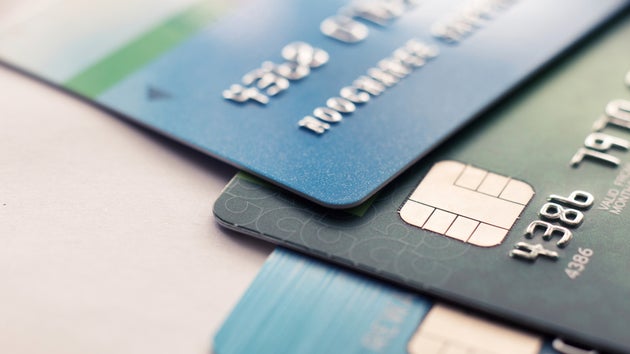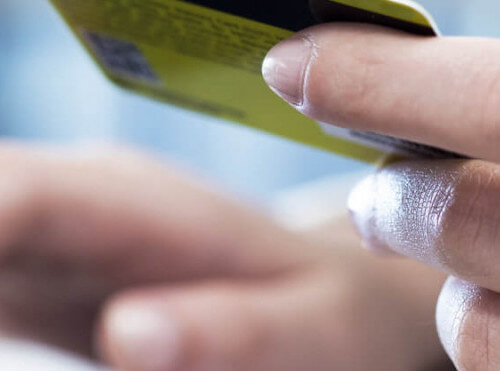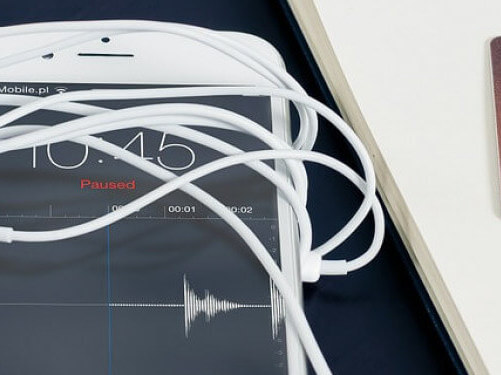Table of Contents
Debit cards are an indispensable part of daily payment transactions, whether they are used to withdraw money from the ATM or to pay directly. What is exactly a debit card and how does it differ from the classic credit card?
What is a debit card?
Debit cards are a type of credit card provided by banks to their customers in order to facilitate cashless payments and cash withdrawal from automated teller machines (ATM). The card is usually made of plastic featuring a magnetic strip and an electronic chip. In contrast to credit cards, the checking account is immediately debited when paying by debit.
Security of debit card
Each debit card has a personal identification number (PIN). This must be entered to validate all transaction made with the card, such as the cash withdrawal at the machine. This can prevent unauthorized third parties from accessing the account. In Germany, debit cards include a machine-readable modulated feature, known as MM code. This additional security feature is harder to copy than magnetic striped. As a result, the number of fraudulent withdrawals made with duplicates were higher in countries where this feature is not used. However, since the popularization of chip-based payment protocols, the impact of MM code on duplicates withdrawal statistics in Germany has been mitigated in comparison to other countries’ statistics.
Advantages of the debit card
Debit cards are easily accessible and therefore reach a broad portion of the population, making it one of the predominant payment methods. Merchants looking to address a broad customer segment will find this payment method useful. Between 2010 and 2016 alone, 108 619 debit cards were issued in Germany , according to Statista. The card is automatically issued with each account opened, without any minimal income requirement. In addition, no annual or similar fees are charged, making the card attractive to customers. Compared to cash on delivery or direct debit, the online retailer has the advantage that the customer's account is automatically debited. This lowers the risk of a late payment.
In summary, the debit card offers :
- Fast credit
- High acceptance
- Security through PIN entry and chip
Disadvantages of the debit card
Globally, the credit card is often more popular than the debit card. This is due to the higher acceptance of the credit card. That's why debit cards are used less often abroad. Also in industries, such as the hotel industry, the card is less suitable because there is no credit line and thus no guarantee for the dealer.
Best known debit cards
The most commonly used debit cards are Maestro, VPAY , Visa Debit, Visa Electron, Debit MasterCard, Carte Bleue and Postfinance Card. Maestro enjoys a high level of acceptance in e-commerce, especially in the United Kingdom, Spain and Austria. In Switzerland, merchants should integrate the Postfinance Card, as PostFinance is the market leader with more than three million account holders in the country. In France, Carte Bleue dominates with over 30 million cardholders. Of course, there are several other debit cards, especially on a local scale.
Other credit card types
The debit card is a credit card type. One of four types of credit cards currently existing. These include the debit card, charge cards, revolving cards and prepaid cards.
Charge card
In Germany, charge cards are the most common form of credit cards. Once a month, the holder receives a bill for the paid goods and services, which were made with the card during this period. Subsequently, the amount due must be paid. The customer receives a short-term, interest-free loan. Setting a credit limit prevents the buildup of bigger debts.
Revolving credit card
This card makes it possible for the customer to pay off the monthly amount due in installments. The installment amount can be an agreed fixed amount or a defined percentage of the turnover. The shortcoming of this type of card is the high interest rates, which usually increases with the negative balance. In general, customers with a revolving card are even more flexible than with a charge card. However, users often act cautiously when buying because of the high interest rates.
Prepaid credit card
Although prepaid credit cards do not provide interest-free loans, they do offer, for example, in terms of global acceptance, the same benefits as regular credit cards. To use the prepaid card, credit must be charged. Unlike the ones mentioned above, it is not possible to spend more than the amount loaded onto the card. Therefore, this payment method is well suited for people with low credit ratings or young people.










